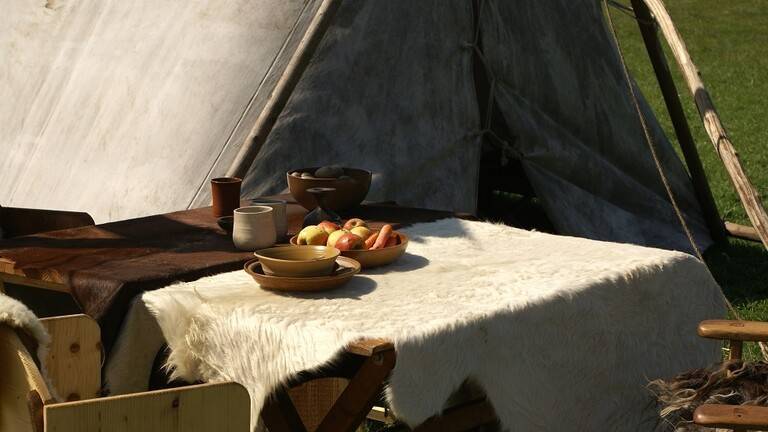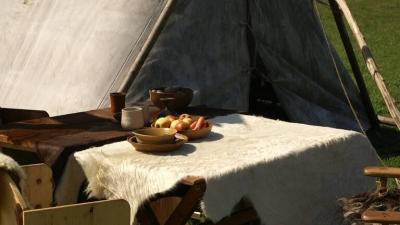The Viking diet has become popular, with some findings indicating a decrease in heart attack and dementia rates among its followers. Scientists have studied one of the most common diets of the 21st century, and some concluded that it might be time for the Mediterranean diet to make way for another healthy dietary option.
#### Historical Overview
In the 1960s, North Karelia in Finland had the highest rates of cardiovascular disease. After 12 years, specialists from the Finnish Nutrition Institute developed a health improvement program called "North Karelia." By 2012, it became clear that the mortality rate from heart attacks and strokes in Finland had decreased to one-eighth of what it was, largely attributed to what later became known as the Viking diet. The North Karelia program aimed to reduce animal fats in the Finnish diet and increase plant fats, initially planting rapeseed in Finnish fields, with rapeseed oil becoming the primary source of vegetable fats.
#### A Balanced Diet
The Vikings had a diverse and rich diet consisting of wild and local meats, fruits, crops, poultry, fish, and other foods they could grow, harvest, or hunt. However, studies conducted on ancient refuse heaps and pits showed that the Vikings often suffered from intestinal worms and other parasites, and for unknown reasons, toxic herbs were found in their stomachs.
#### External Factors
The Scandinavian climate, lifestyle, and long periods of isolation significantly influenced the Viking diet. There was always a long, dark, and cold winter, and survival in winter largely depended on the food supplies gathered during the shorter, warmer growing seasons.
#### What Grew During the Viking Age?
Barley was the most important crop cultivated, with wheat, rye, and buckwheat also being grown. The grains in the Viking Age appeared slightly different from those today. Grains grew well and could be efficiently stored for winter, and experts easily demonstrate that the Vikings used grains (or flour made from them) in most dishes: in porridge, stews, as side dishes for meats, and in bread.
#### Meat
Meat from beached whales formed an important part of the Viking diet. Scientists examined ancient refuse piles to identify the animal bones contained within while revisiting sagas to determine these people's cooking habits. It became evident that the Vikings did not roast meat but boiled it. They consumed pork, goat, sheep, horse, and other livestock, with cattle mostly being raised for meat and milk.
#### Fermented Meat
Fermenting meat may seem strange, but for some traditional Scandinavian products, the technology developed by the Vikings is still used today.
#### Vegetables
The Vikings grew vegetables such as green peas, beans, garlic, parsnips, and carrots. Eggs, milk, meat, and fats used in daily cooking came from birds and livestock, the same species that are raised today. The daily diet did not include the meat of domesticated animals, so they relied on fish, eggs, poultry, and game.




